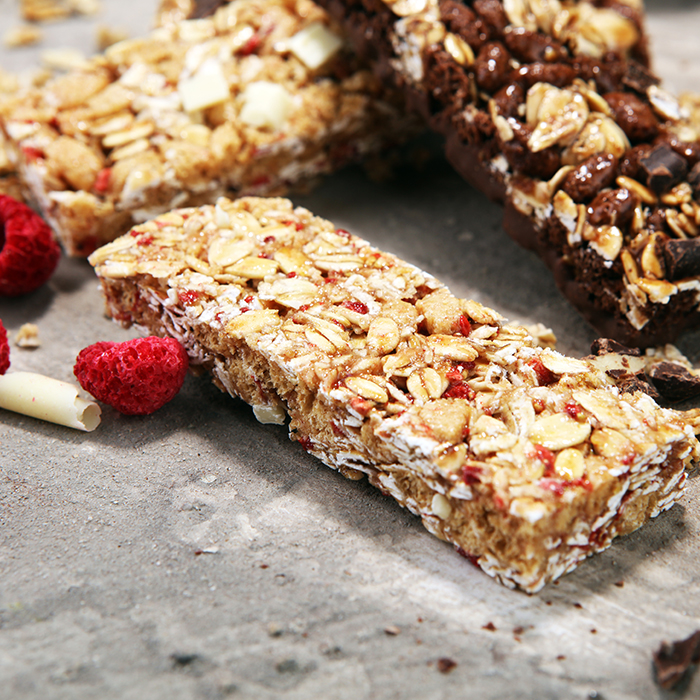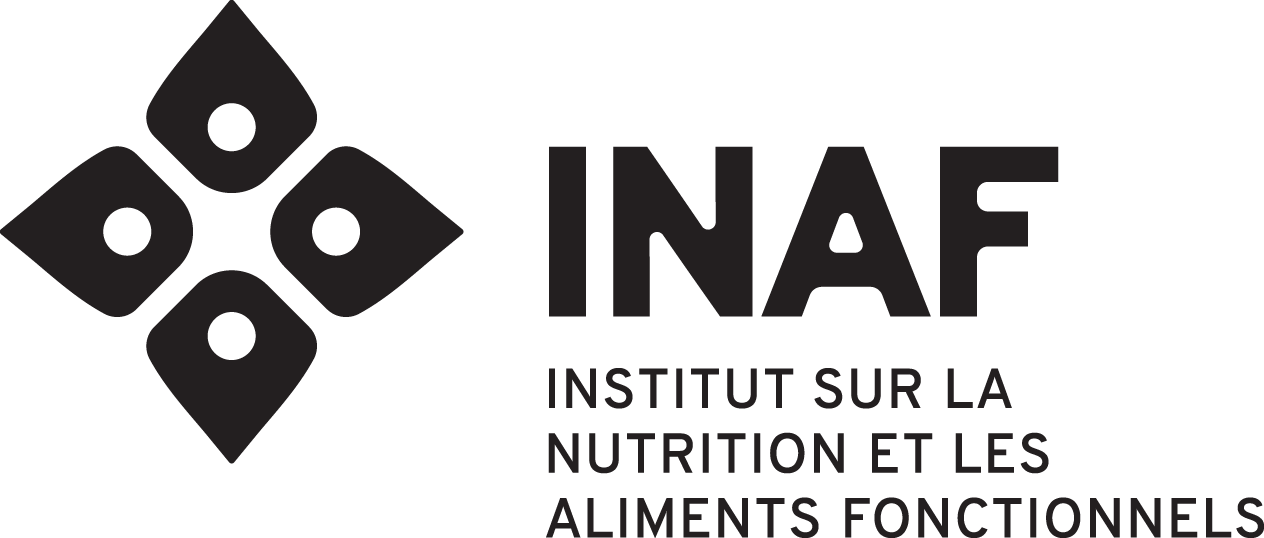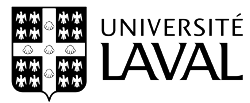Granola Bars
Portrait of the granola bars available in Quebec (2018)

310 granola bars were listed for this study
14 g
of sugar in granola bars with coating
9 g
of sugar in granola bars without coating
Highlights
This sectoral study of granola bars shows a high degree of variability in the nutritional composition according to content, coating, texture, target consumers and specific characteristics. These analyses make it possible to identify which products should be monitored in the coming years, but also where improvement should be considered. In this regard, bars with sweets should be improved in order to reduce saturated fat and total sugars, and increase fibre content. The saturated fat content of coated bars (partially and fully coated) should also be reduced.
Full report
The Observatory mission is to observe and monitor the evolution of the food supply in order to generate new knowledge and to act collectively at improving its quality and accessibility. The studies carried out by the Observatoire aim at analyzing food categories and monitoring their evolution over time. The food categories to be studied are selected based on a rigorous approach. Indeed, after consultation with the Observatory knowledge users, the Scientific Committee prioritized the food categories to be addressed according to four main criteria: health impact, nutritional quality variability, household penetration rate and product improvement potential. As a result of this consultation, the granola bar category was selected and analyzed. This report presents the results of this food category’s analysis.
Method
The data used for this portrait was collected in collaboration with:
Nutritional composition:

Consumer purchases:

The steps to create this portrait are:

© Food Quality Observatory - INAF, Université Laval, 2019-2021

